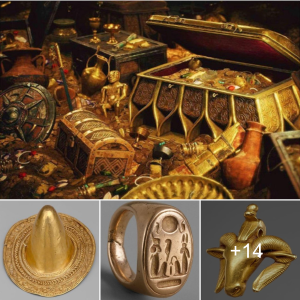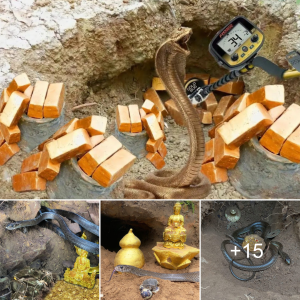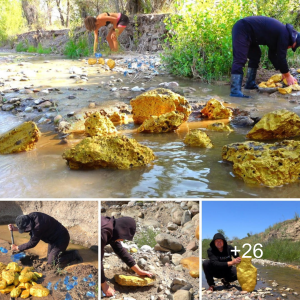Unearthed from History: The Astonishing Discovery of a Petrified Tree Stump Encased in a Coal Seam by Coal Miners in 1918
In 1918, coal miners discovered a petrified tree stump encased within a coal seam, highlighting an intriguing natural phenomenon. The preservation of such organic materials in coal seams is a fascinating process that begins with the accumulation of plant material like tree ferns and timber in swampy or wetland areas. Here, oxygen-poor soils inhibit decomposition, allowing the plant matter to persist.

Over time, this accumulated plant matter is buried under layers of mud and sand, which compresses the material under the weight of these sediments. This process is known as coalification, where the material undergoes significant chemical transformations due to the pressure and heat from the overlying layers. During this transformation, water and volatile substances are expelled, and the carbon content of the original plant material increases, gradually converting it into coal. Throughout this process, the structure of the original vegetation can be preserved, including leaves, bark, and entire tree stumps. This petrification occurs when the organic material is replaced with minerals, further preserving these structures within the coal seam.
The discovery of such petrified tree stumps in coal mines provides a tangible link to Earth’s geological and biological history, offering insights into the ecosystems and environments that existed millions of years ago when these coal seams were formed. This event not only underscores coal’s role as a fossil fuel but also its capacity to preserve snapshots of ancient life, serving as a window into the natural history and evolution of our planet





